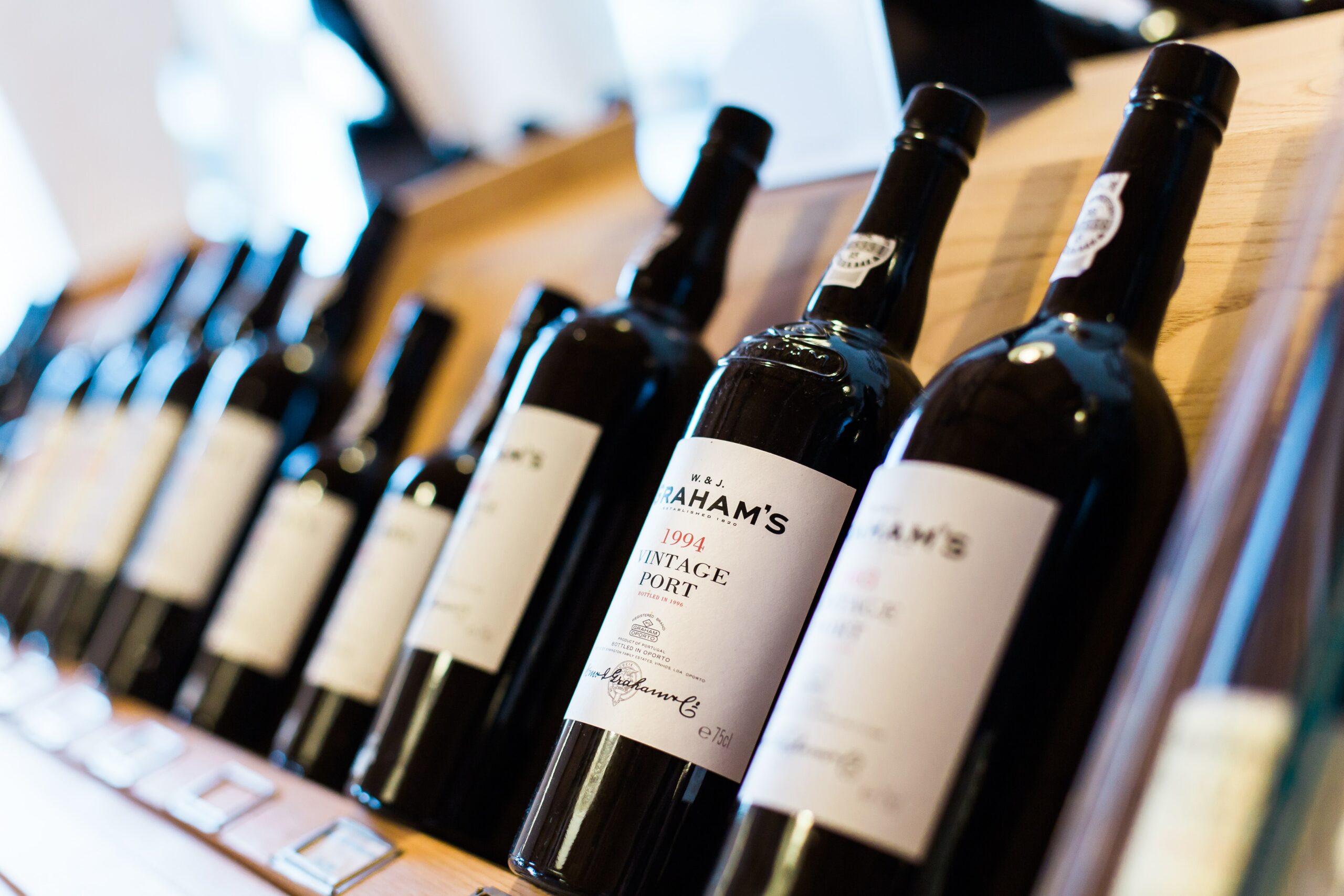When it comes to wine labeling, there are a number of regulations that must be followed in order to ensure compliance with the law. From the type of information that must be included on the label to the size and placement of certain elements, wine label regulations can be complex and confusing for many winemakers. In this article, we’ll explore some of the key things you need to know before designing your wine labels.
First and foremost, it’s important to understand that wine label regulations are in place to protect consumers and ensure that they have access to accurate and useful information about the wine they are purchasing. Some of the most important elements that must be included on a wine label include the wine’s country of origin, alcohol content, and the name and address of the bottler or importer. Failure to include any of this information can result in serious consequences for winemakers, including fines and legal action.
In addition to these key elements, there are a number of other regulations that must be followed when designing wine labels. For example, the size and placement of certain information, such as the alcohol content, must be within certain parameters in order to ensure visibility and clarity for consumers. Wine labels must also comply with specific font size and style requirements, and any claims made on the label, such as “organic” or “sulfite-free,” must be supported by adequate evidence.
When designing your wine labels, it’s important to keep these regulations in mind and work with a knowledgeable labeling professional who can help ensure compliance. By doing so, you can avoid costly mistakes and potential legal issues down the road.
In summary, wine label regulations are an important aspect of the winemaking industry, and compliance is essential for both consumer safety and legal compliance. As you begin designing your wine labels, be sure to research and understand these regulations, and work with a trusted labeling partner who can help guide you through the process. With the right approach, you can create wine labels that are not only beautiful and engaging, but also compliant with all applicable regulations.


